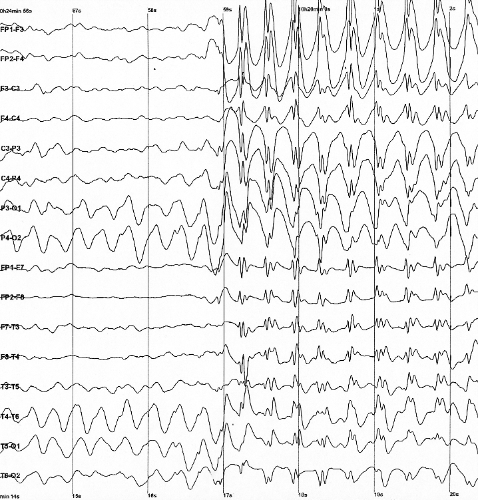When should emergency departments order imaging tests for epileptic seizures?

Patients who go to the emergency department (ED) with seizures often undergo neuroimaging, usually CT scans. Such imaging in adults presenting with new onset ('index') seizures leads to a change in care for 9-17% of patients, but it's unclear if such changes are made following imaging in the ED for seizures in adults with known seizure disorders ('non-index' seizures).
In an Epilepsia study of 822 ED visits for non-index seizures, neuroimaging was performed in nearly half of all patients. Of these, 3% of imaging tests led to an acute change in patient management, 2% after excluding false positive scans. Acute head trauma, prolonged alteration of consciousness, and a focal neurological examination at presentation were associated with an increased yield of ED neuroimaging. Without any of these three clinical factors, the true positive yield of neuroimaging was zero.
The findings support a more conservative use of ED neuroimaging for non-index seizures, based on clinical factors at the time of presentation.
More information: Epilepsia (2018). DOI: 10.1111/epi.14518 , onlinelibrary.wiley.com/journal/15281167

















